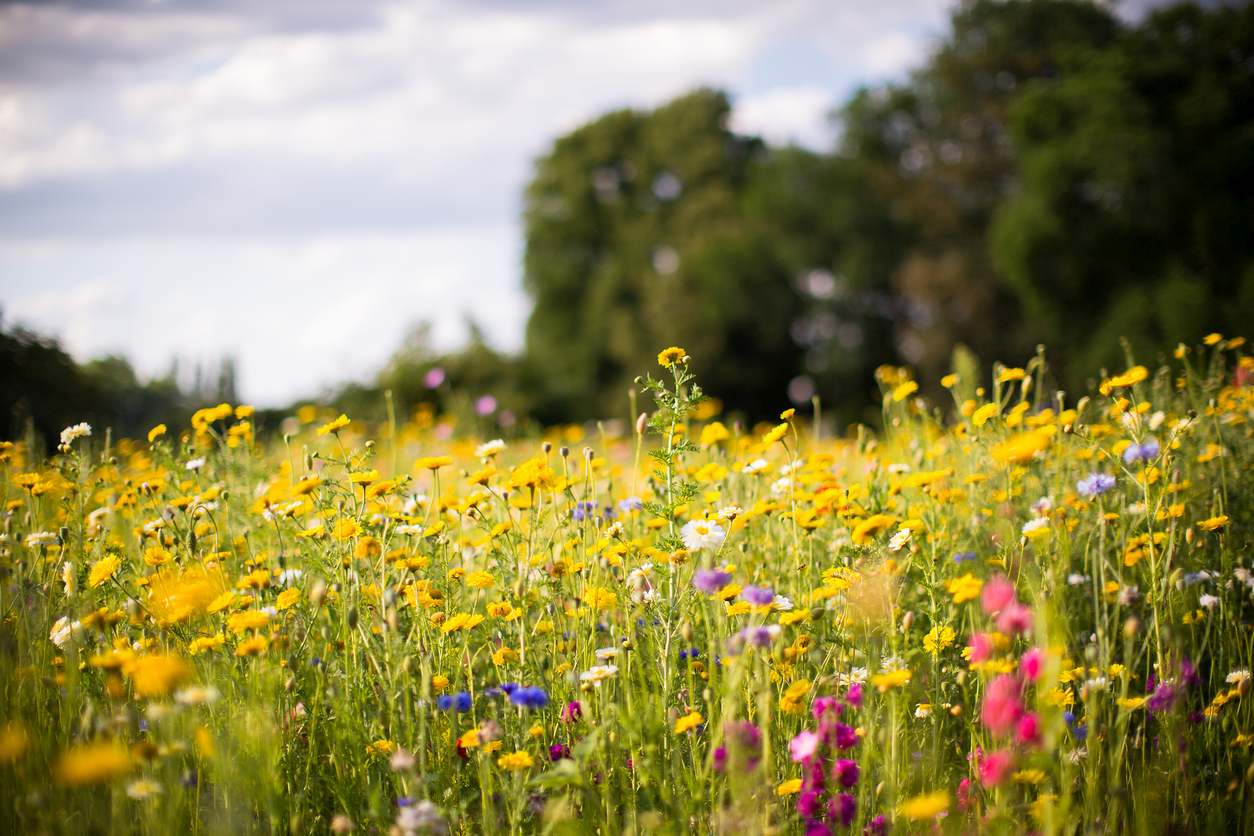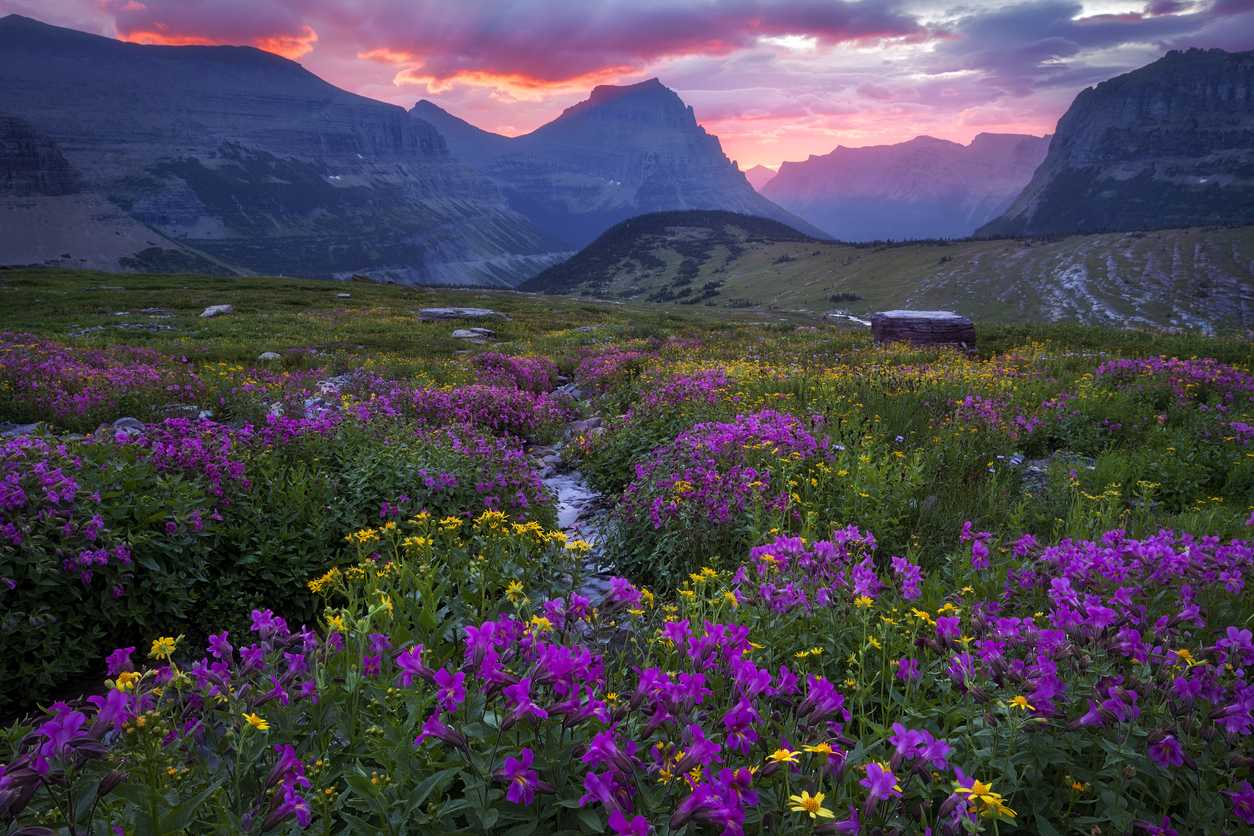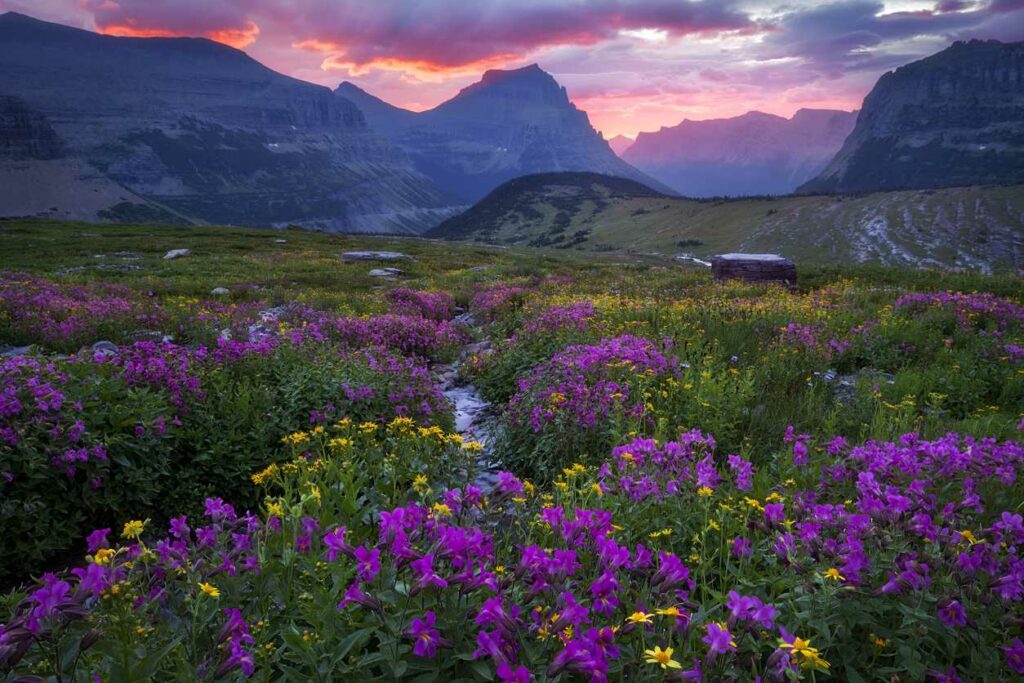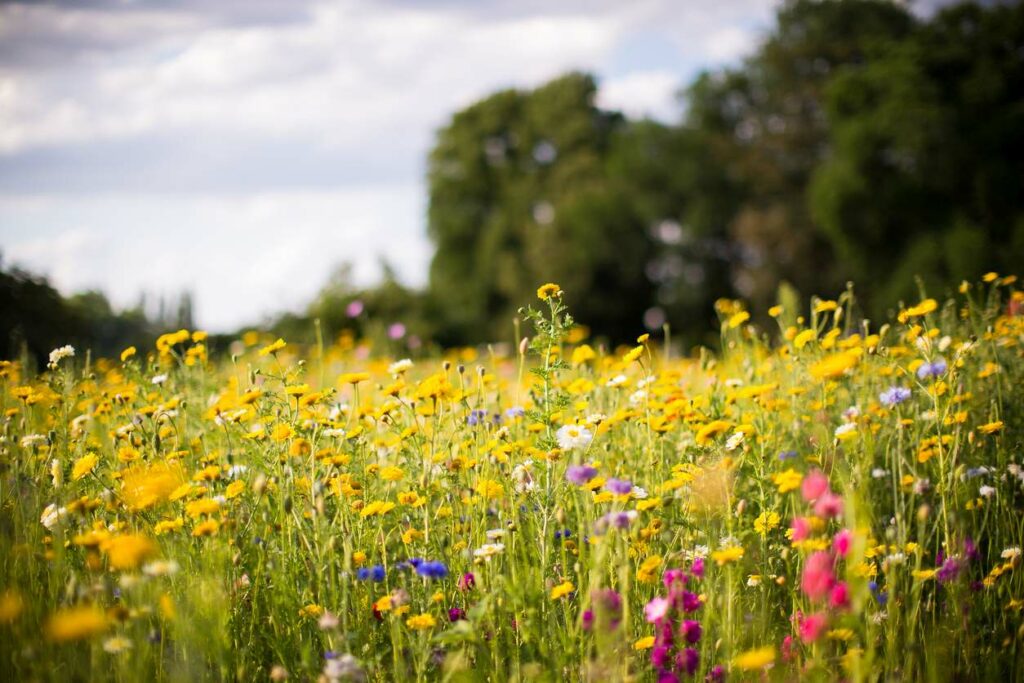Planting Wildflowers – How To Plant And Care For Wildflower Gardens
What’s better than maintaining a border or keeping a rose garden? Why, planting wildflowers, of course. Wildflower gardens are all the rage these days. As a gardener, you must know someone who has at least tried planting wildflowers. They are lush, beautiful, and versatile. And best of all, you can plant as many or few wildflowers as you like. It all comes down to your personal preferences and taste. So how come not everyone is not jumping on the wildflower wagon?
For one thing, they’re not easy to plant, grow and maintain. You could end up with mismatched plants that compete with and overcrowd each other instead of coexisting in love and harmony.
But don’t let the steep learning curve deter you. We’re here to tell you all about wildflower gardens, which types to grow, and how to care for these enticing plants.
All about Wildflower Gardens
Let’s get one thing out of the way, first. Planting wildflower gardens is a lot of work. It takes time, patience, and energy to get the wildflower meadow started and keep it blossoming in your garden. If you’re expecting quick results for a little effort, you might as well consider planting a perennial flowering plant instead.
Wildflower gardens are little spaces in your garden or yard that are dedicated to wildflowers. These hardy plants grow and thrive in the wild on their own and have the ability to self-produce without much help from humans or pollinators. In some states, certain wildflowers are considered invasive species. So it’s recommended that you check the local rules and regulations regarding the species you plan to grow.
Apart from being hardy, wildflowers are multi-purpose and relatively low-maintenance compared to other flowering plants. They tolerate different types of soil and will grow in adverse weather conditions that might be very different from their native habitat.
Benefits of Planting Wildflowers
When it comes to planting wildflowers and creating exotic landscapes, the sky is the limit. You can choose to fill a small space in your backyard or turn the borders in your whole front lawn area into living pieces of art. The exuberant colors and exotic scents allow you to express yourself and get creative. Here are different ways to use wildflowers in your garden.
- Control Erosion: Hills and slopes have a way of surprising you with landslides and soil erosion. Most of the time, grass with its shallow root systems cannot hold the soil in place. So you need wildflowers to protect the topsoil against the ravages of the wind and rain.
- Defensive Buffers: If rabbits and deer raid your veggie patches and rose gardens, why not protect them with a buffer of wildflowers that deter them from entering. Some drought-tolerant species can survive in remote corners that your garden hose cannot reach. Other species are fire-resistant thanks to the low concentrations of oil making them great border plants.
- Colorful Oasis: An oasis of colors and scents in the middle of the yard, lawn, or field is a great way to change the whole landscape. You can create any shape you like and plant different species with mixed and matched colors.
- Lawn Replacement: Let’s face it, lawns are overrated. They need constant hard work to stay in good shape. So why not replace them with wildflower gardens? You won’t have to mow them that often and they thrive on rain and nothing more.
- Living Fences: Your border says a lot about you. Is it just a fence keeping the neighbor’s dog from ruining your plants? Or is it your creative canvas? Use wildflowers to create a living fence that redefines your property.
Wildflowers Recommendations
Before you start planting wildflowers, you need to ask yourself whether you’re sowing the seeds of harmony or dissent. Some wildflowers get along famously and act with nothing but cordiality toward their neighboring plants. Others start an all-out war and adopt a scorched earth policy where only tough plants can survive. Here are a few recommendations to get you on the right track with your wildflower garden.
- For Butterflies: The best wildflower species to attract butterflies are cornflower, black-eyed Susan, zinnia, yarrow, and cleome among others.
- For Good Insects: If you have pests attacking your veggies and perennials, consider planting bishop’s weed to attract lacewings, assassin bugs, pirate bugs, and big-eyed bugs. White dutch clover lures parasitic wasps that feed on scales, whiteflies, and aphids. Yarrow is also the favorite plant for ladybugs.
- For Hummingbirds: If you want to invite hummingbirds to feed in your garden, they love nothing more than the seeds of garden columbines, cleome, zinnias, and nasturtiums.
How to Plant a Wildflower Garden
Before you even decide on which wildflowers to plant in your wildflower garden, you need to prepare your soil for these hardy plants, Even though they can grow in gravel and inhospitable soil, you don’t want to plant a jungle of weeds and invasive plants along with your wildflowers. So let’s see what you need to do to start your wildflower garden in easy steps.
- In cold climates, start your wildflowers in the late spring after the threat of the last frost is over. In warmer climates, you can start in the early spring to protect the young seedlings against the intense heat of the summer.
- Choose a location in your garden or yard that gets the full sun. Sunlight is paramount for the survival of wildflowers. So pick a spot facing the west or south that gets 6 hours or more of sun every day.
- Till the soil and clear out all types of weed and debris from the area. Pull the weeds up by the roots and turn up the soil.
- If you have stubborn weeds that are hard to root out, consider solarizing them. Cover the area with a sheet of clear plastic. The plastic cover will trap an excessive amount of heat that will kill the weeds within a few days.
- Divide the seeds into two parts and add 8 parts of clean and dry sand to each part of the seeds. This helps you spread the seeds evenly. Do the same with the other part.
- Spread the seeds with your hands if you’re just sowing a small patch. For large areas, you can use a seed spreader. Walk from north to south as you sow the seeds. The sand will show you which spots are not covered with seeds.
- Now sow the second half of the seeds as you walk from south to north. This ensures you cover the whole area with seeds.
- Wildflower seeds need to have contact with the soil in order to germinate. So you need to compress the seeds. You can either use your feet or lay a plank of wood over the area and walk over it. For large areas, use a seed roller.
- Water the area to get the soil wet. Keep the soil moist until the seeds germinate.
- It usually takes between one to three weeks for the wildflower seeds to germinate. Make sure the soil is moist until the seedlings are about 4 inches tall.
Wildflower Gardens Maintenance
Even if the hardy wildflowers grow freely in the wild and make their way between slabs of concrete and out of cracks in barren rocks, they still require care and maintenance. Your wildflower garden will need pruning, occasional reseeding, and, yes, watering too.
Reseeding
Once in a while, you’ll notice a barren patch in your illustrious wildflower garden. It doesn’t matter how many times you’ve sowed those seeds, some seeds will not germinate leaving unsightly barrenness in the garden. In cold climates, you should do your reseeding in the late spring for the best results. Some gardeners prefer to reseed in the late fall so that the seeds germinate in the next spring with the rainfall. For warmer climates, you can reseed any time you prefer as long as you give the new seedlings about 12 weeks to grow before the winter. If the new plants go dormant when they’re still tender, they might not come back in the spring.
Weed Control
Some people see wildflowers as nothing more than weeds. And they’re not wrong. Technically speaking, wildflowers are some type of weed. As such, they attract other undesirable weeds to grow in their midst. You need to be diligent and execute a regular weed control strategy to maintain the looks and appeal of your wildflower garden. The best way to deal with weeds is to pull them out by hand. If the weeds are deeply entrenched in the soil, you could use a herbicide or weed killer to get rid of them.
Watering
Just because you’re planting wildflowers doesn’t mean you’ll get away with not watering them. Just like every other plant, wildflowers need water to survive. In areas where rainfall is regular and consistent, you might not need to water the plants at all. But in arid areas where rainfall is sparse and humidity is low, you might have to supplement their water intake. This watering is usually no more than a half-inch of water once a week. Not exactly a deal-breaker for the busy gardener who doesn’t have a green thumb.
Wildflower Gardens Tips
If planting wildflowers sounds like a lot of work, here are a few tips to get you up to speed and cut down the preparation work for you.
- Start preparing your soil and building your garden beds in the fall. That’s where most weeds go dormant so you won’t have trouble getting rid of them. By the next spring, the soil will be clean and ready for your seeds.
- Give your seedlings enough time to grow and become sturdy before the winter. Frost and dormancy are the banes of the tender plant.
- If you prefer to seed your wildflowers in the fall, wait for the first frost then sow the seeds. This is a good way to catch the spring rainfall.
- Cut paths through your meadows and install some garden seats along the paths to enjoy your handiwork up close and personal.



